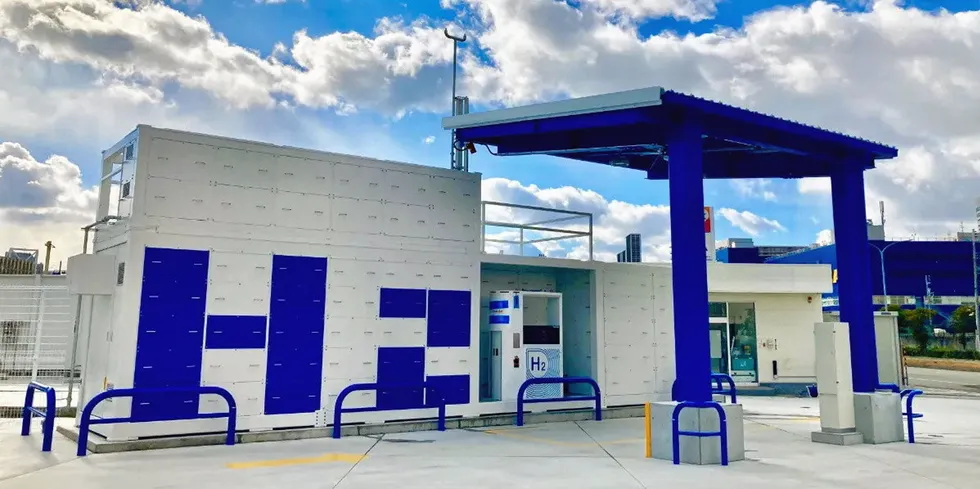'The fork in the road is upon us' | Fast-track transition could keep world near Paris targets: BNEF
Keeping global heating to 1.7°C would need '$3 to be invested in low-carbon supply for every $1 in fossil-fuel' and backed by rapid wind, solar, energy storage, CCS, and hydrogen build-out, concludes new BloombergNEF report
